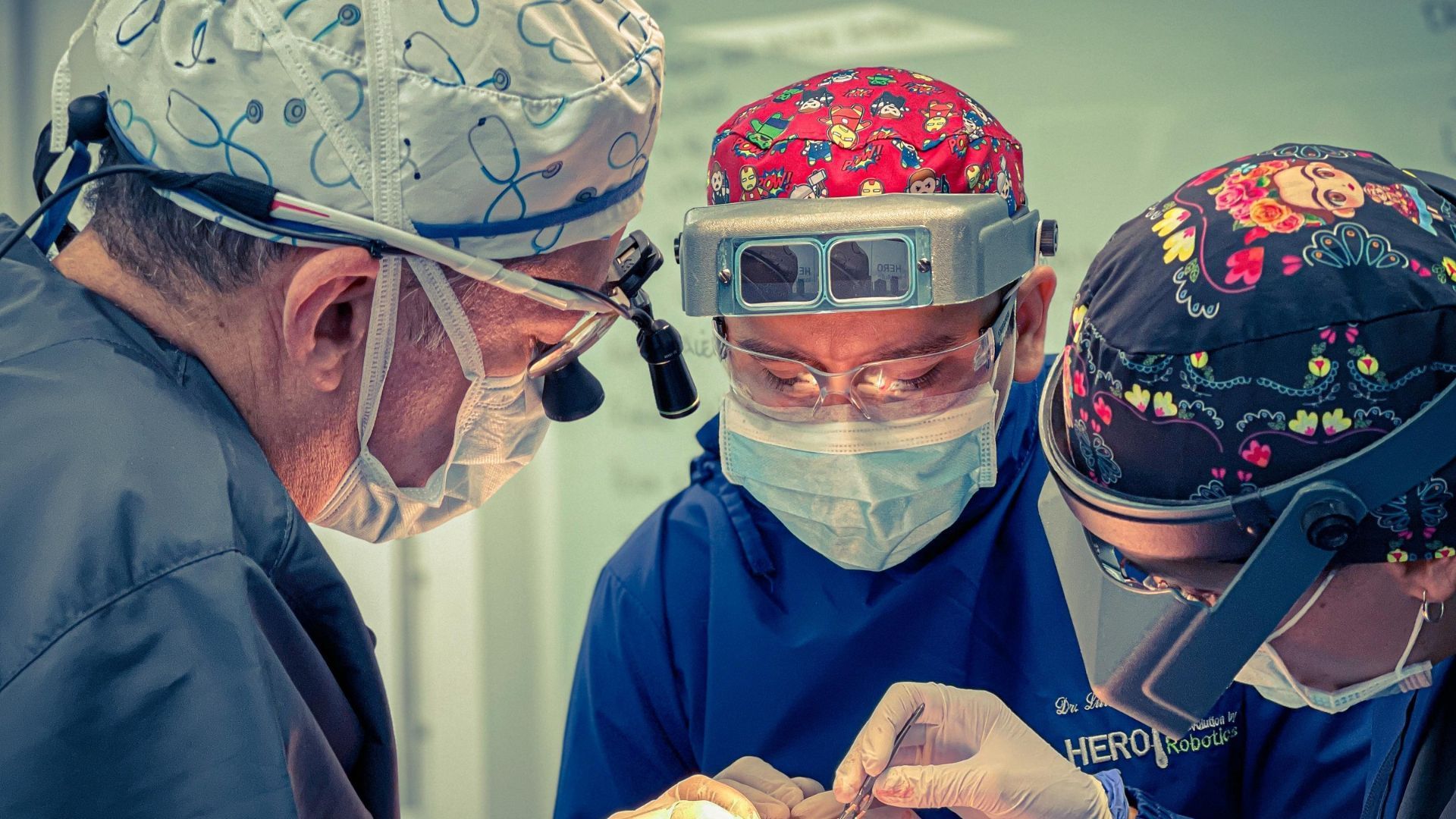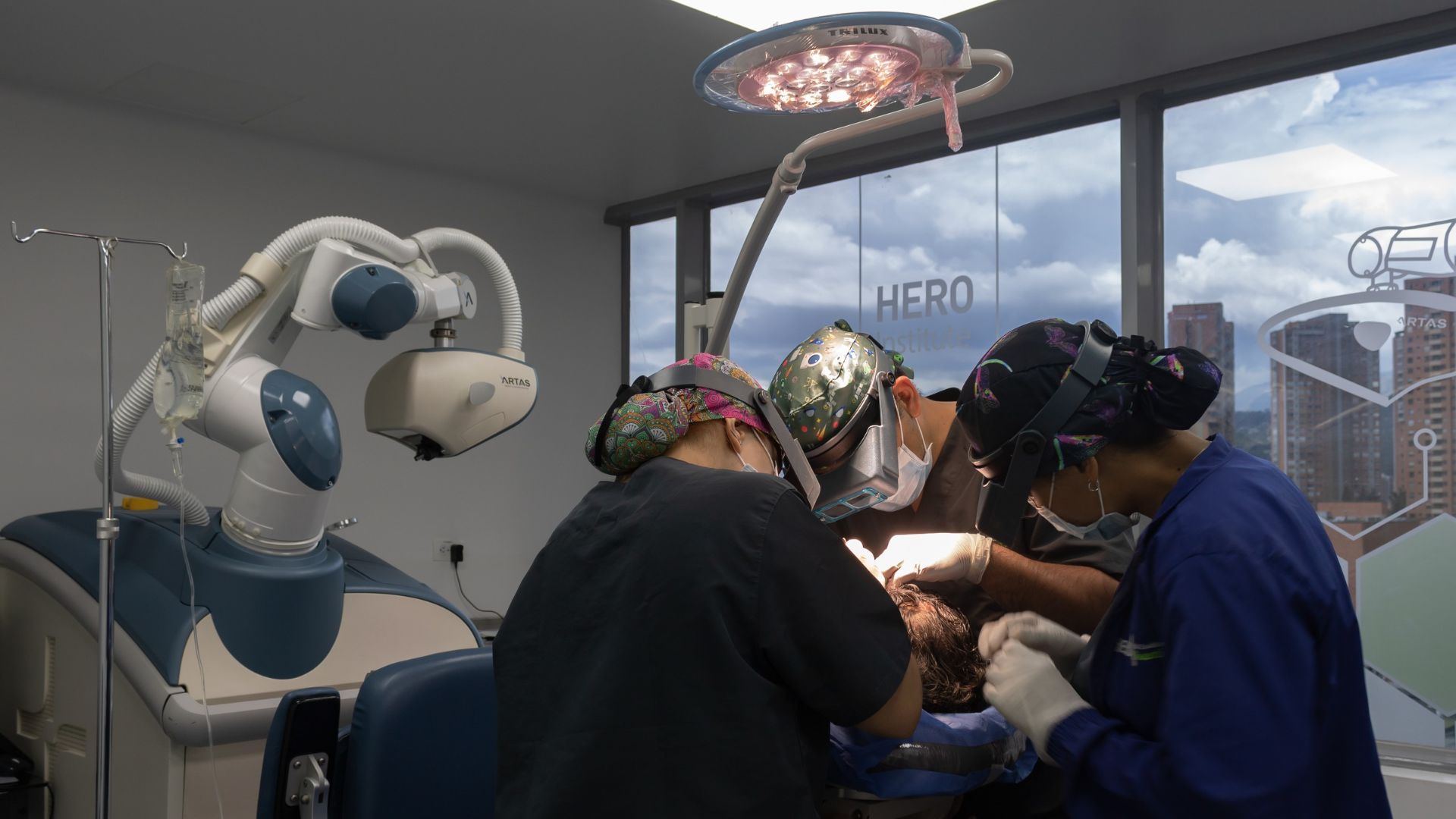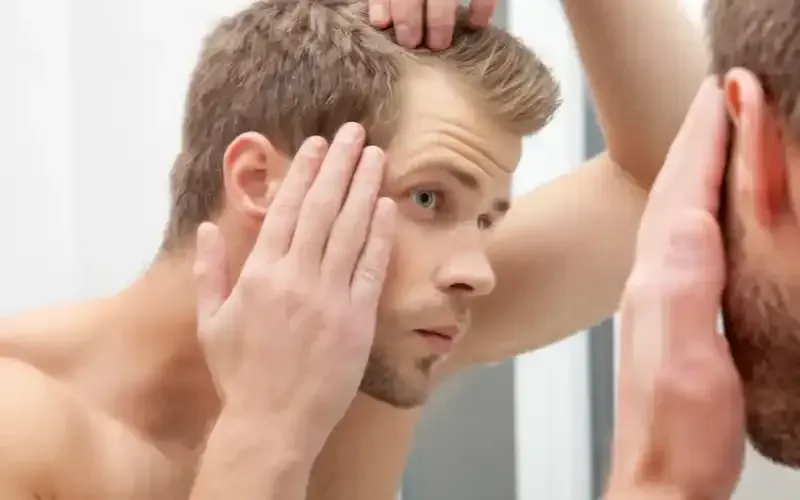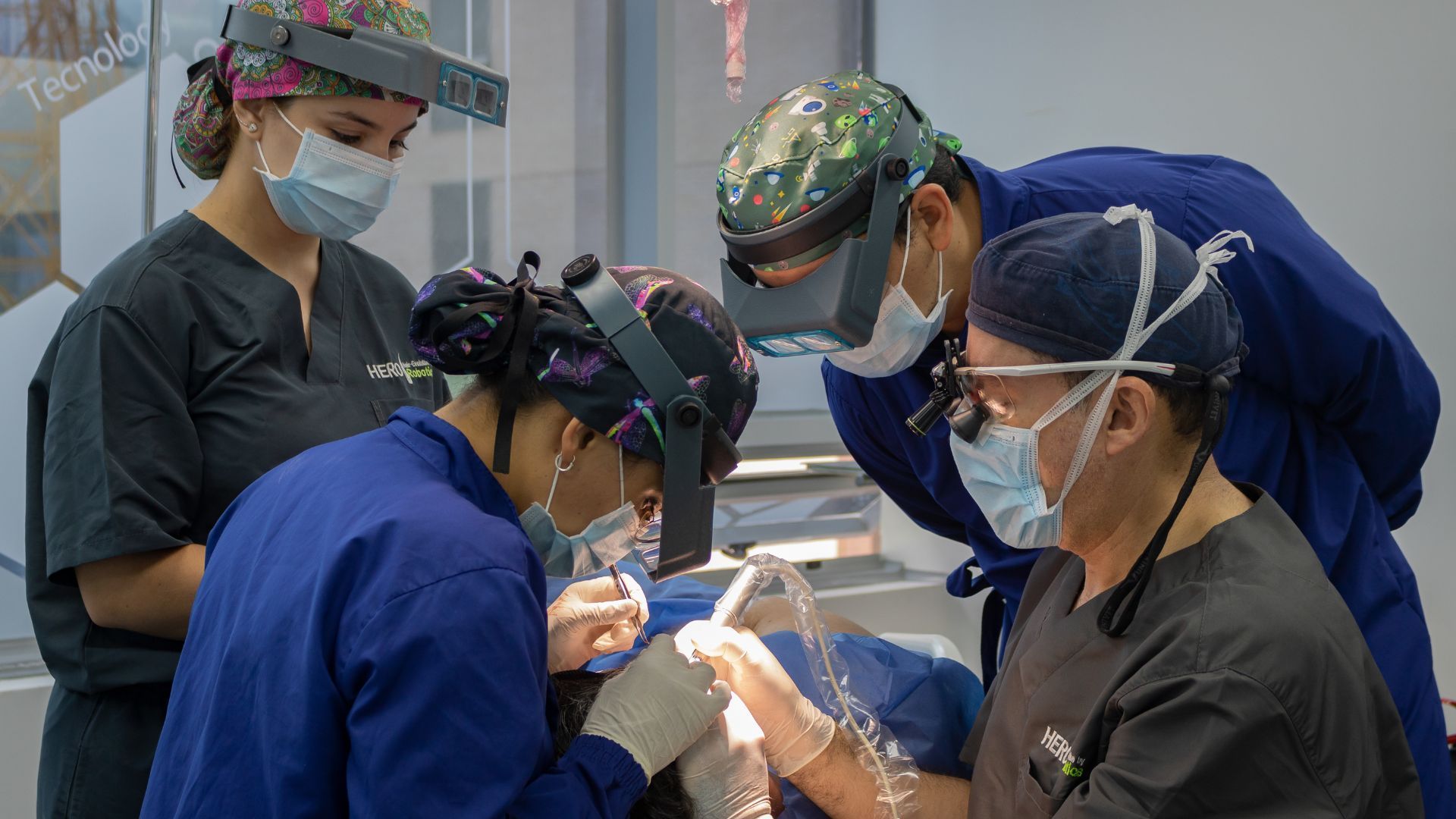YOUR COMPLETE GUIDE TO HAIR RESTORATION. GET FREE INFORMATION KIT
Overharvesting in Hair Transplants: What It Is & How to Avoid It
Hair transplants are no longer a hush-hush secret or luxury reserved for celebrities. Today, they’re a life-changing option for men and women around the world looking to restore not just hair—but confidence, youth, and identity.
But here’s the truth most clinics won’t tell you upfront: not all transplants are created equal. And one critical mistake—called overharvesting—can leave you with long-term, irreversible damage. We’re talking about permanent thinning in your donor area, patchy bald spots, and a difficult road to correction (if it can even be corrected).
So let’s cut through the fluff and dive into the heart of the matter:
What is overharvesting in hair transplants—and how can you avoid it?
What Is Overharvesting in Hair Transplants?
Overharvesting happens when too many hair follicles are extracted from your donor area—usually the back or sides of the scalp, but it can also include the beard or body.
Think of your donor area as a natural “bank” of follicles. Once that bank is overdrawn, there’s no putting the money back in. Those follicles don’t regenerate. Once they’re gone, they’re gone.
So what causes overharvesting?
It often comes down to one of two things:
- Inexperience or poor technique, where the practitioner doesn’t understand the safe limits of graft extraction.
- Greed or false promises, where clinics try to harvest a high number of grafts to make dramatic results (or charge more), without regard for the long-term health of your scalp.
It’s not just a bad haircut.
Overharvesting is a surgical mistake. And it’s permanent.
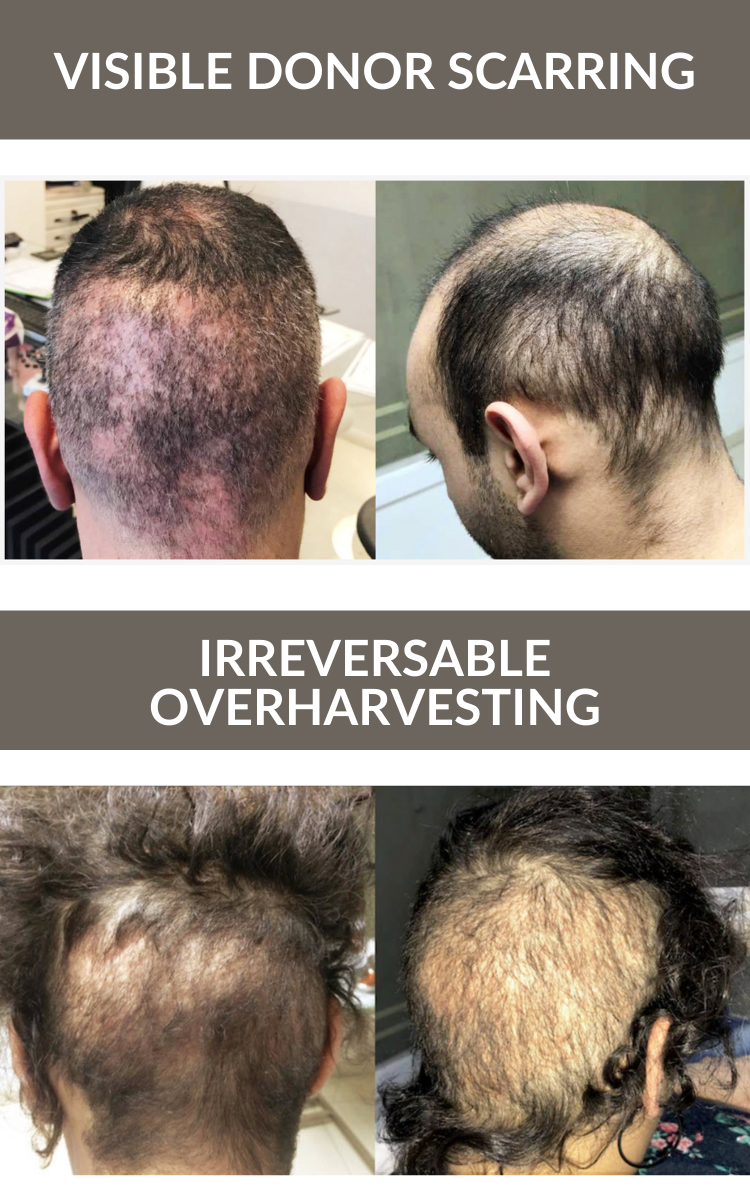
What Does an Overharvested Donor Area Look Like?
An overharvested donor area often appears:
- Visibly patchy or “moth-eaten”
- Thin and sparse, with poor regrowth
- Uneven, with obvious signs of surgical intervention
- Difficult to conceal, especially with short hairstyles
You went in hoping for fuller hair—only to walk away with a new problem in the very place you were trying to hide one.
At HERO Hair Institute, we’ve seen patients from other clinics come to us devastated by results like these. And while we can sometimes offer corrective solutions like micro-pigmentation or beard-to-scalp grafting, prevention is always better than repair.
How Does Hair Harvesting Work?
Most modern transplants use a technique called FUE (Follicular Unit Extraction or Excision). In simple terms, it involves:
- Isolating individual follicles in the donor area.
- Carefully extracting them with specialized tools—often robotic or semi-automated.
- Transplanting those follicles into the thinning or balding areas.
Sounds straightforward, right?
But the devil is in the details.
FUE may sound “minimally invasive,” but when performed without precision or a long-term strategy, it becomes a game of numbers. Pull too many grafts too quickly or go back to the same donor site multiple times, and you’re flirting with overharvesting.
Why Overharvesting Happens (and How to Spot a Red Flag Clinic)
Let’s be blunt: not every clinic prioritizes your long-term wellbeing. Some are after short-term profits. Others simply don’t have the tools or training to map your donor area effectively.
Here are the red flags to look out for:
- High promises of 4,000+ grafts in one session without proper scalp assessment
- No mention of donor area preservation in your consultation
- Outdated or manual tools used for extractions instead of advanced robotic systems
- No long-term plan for your hair goals (are they thinking 5–10 years ahead, or just focused on “more grafts now”?)
Experienced clinics use cutting-edge robotic systems that allow for precise, even harvesting—without compromising the health or appearance of your donor zone. Every patient receives a tailored extraction plan, factoring in your current hair loss and potential future thinning.
Because here’s the reality:
Sustainable harvesting is the difference between short-term wins and long-term success.
Overharvesting Is Irreversible
This can’t be emphasized enough: once those follicles are gone, they do not grow back.
You can’t simply remove the transplanted grafts and return them to the donor area. And while options like scalp micropigmentation can help camouflage damage, they don’t restore the lost hair.
Unfortunately, we see the results of overharvesting all too often:
- Patients who were rushed into mega-sessions with 3,000–5,000 grafts.
- People who were told they’d get “full coverage” in one go.
- Individuals who trusted a flashy clinic with no follow-up support.
And when it’s too late, the regret is profound.
Because hair restoration isn’t just about appearance—it’s about self-image, confidence, relationships, careers. It’s about finally feeling like yourself again. And a botched transplant takes that away.
Why the Right Clinic Makes All the Difference
Let’s be real: this is not the time to cut corners or chase bargain deals.
Hair transplants—especially robotic FUE—require technical mastery, medical expertise, and a commitment to ethical practice. That’s where the HERO Hair Institute stands apart.
Here’s what we offer to protect you from overharvesting:
- Personalized hair restoration plans, not cookie-cutter solutions
- Robotic precision using cutting-edge technology to evenly extract grafts
- Experienced surgical teams who understand donor management and future-proofing
- Transparent consultations where we tell you exactly what’s possible—and what isn’t
We’re not just in the business of restoring hair. We’re in the business of restoring hope, confidence, and control over your self-image.
Real Restoration Starts with Responsible Harvesting
Overharvesting might not be a household word yet—but it’s one of the most important things to understand when considering a hair transplant.
If you’re seeing signs of thinning or balding and thinking about taking the next step, the best thing you can do is educate yourself. Know the risks. Ask the hard questions. And choose a clinic that treats your hair like the precious, limited resource it truly is.
Because it’s not just about what gets transplanted. It’s about what’s left behind.
Ready to Take the Next Step—Safely?
Whether you’re in the early stages of research or you’ve had a previous procedure and are worried about overharvesting, we’re here to help.
At HERO Hair Institute in Colombia, we believe every patient deserves world-class care, cutting-edge technology, and honest answers. We’ll never overpromise or overharvest. Just expert-guided results designed to last.
Let’s talk. Your hair. Your confidence. Your future—it all starts with the right first step.
Medically reviewed by
Juan Carlos Maldonado
Medical Director
Frequently Asked Questions
What is overharvesting in a hair transplant?
Overharvesting happens when too many hair follicles are removed from the donor area (usually the back or sides of the scalp), leading to visible thinning or permanent damage. Once those follicles are gone, they won’t grow back.
Can an overharvested donor area be fixed?
In most cases, overharvesting is irreversible. Some cosmetic options like scalp micropigmentation can help camouflage the damage, but the lost hair cannot be restored.
How do I know if a clinic will avoid overharvesting?
Choose a clinic that uses robotic FUE technology, has an experienced medical team, and focuses on donor preservation with a personalized treatment plan—not just high graft numbers.
How many grafts is “too many”?
It depends on your individual donor capacity. A safe clinic will assess this carefully. Harvesting beyond 25–30% of donor density can lead to visible thinning and overharvesting.
Does robotic FUE reduce the risk of overharvesting?
Yes. Robotic FUE systems like ARTAS allow for even distribution and precise extraction, significantly lowering the risk of damaging the donor area.

We can help!
If you’re experiencing hair loss and looking for a hair restoration solution that’s right for you—congratulations! You’ve come to the right place. HERO Hair Institute is the best hair restoration clinic in Colombia, providing proven permanent hair transplant techniques and non-surgical hair loss solutions.
With over 20 years of experience, HERO Hair Institute offers you the best quality procedures in a safe, relaxed and comfortable environment. Thousands of men and women have come to HERO Hair Institute for the answers to their hair loss and hair restoration questions.
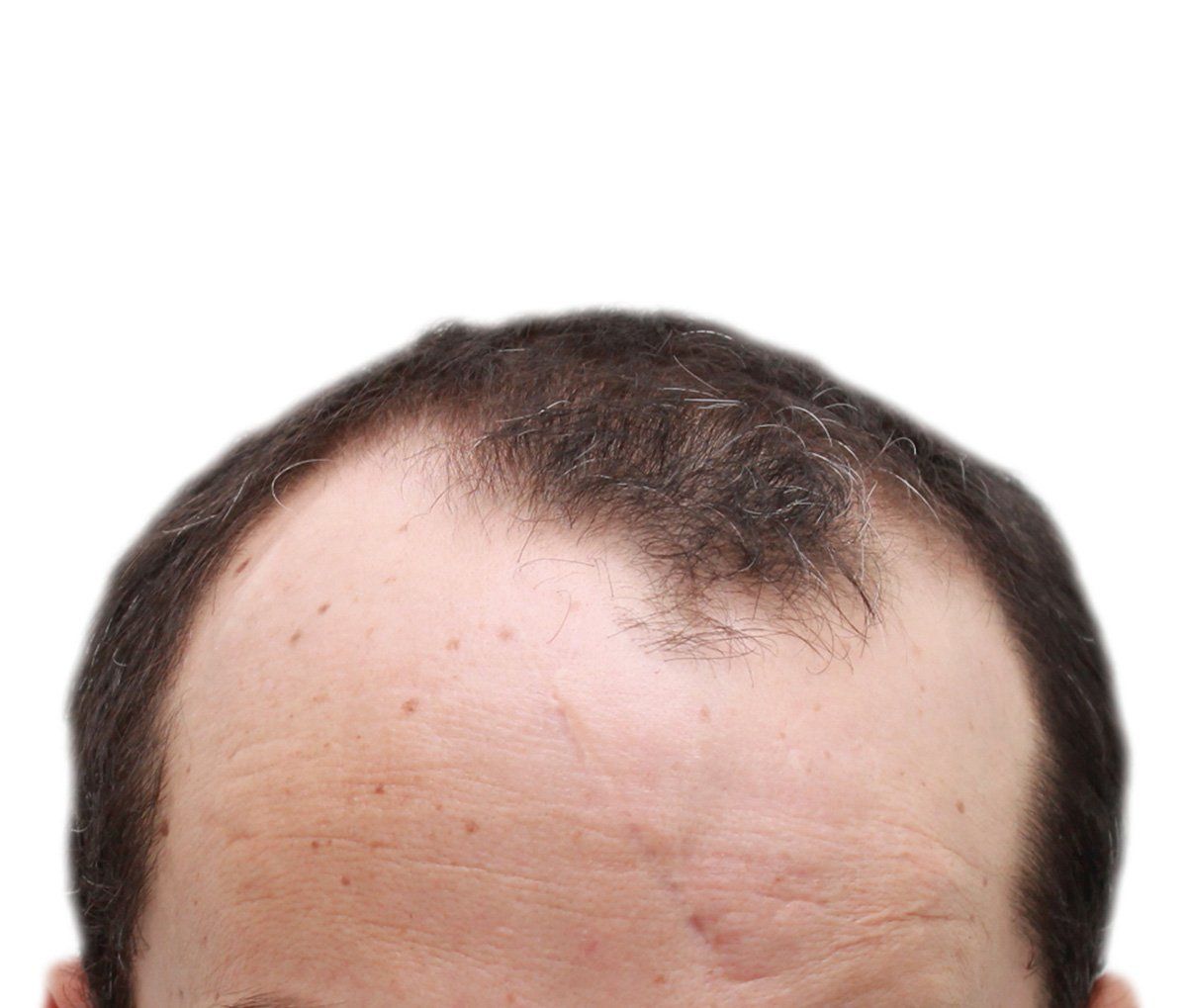
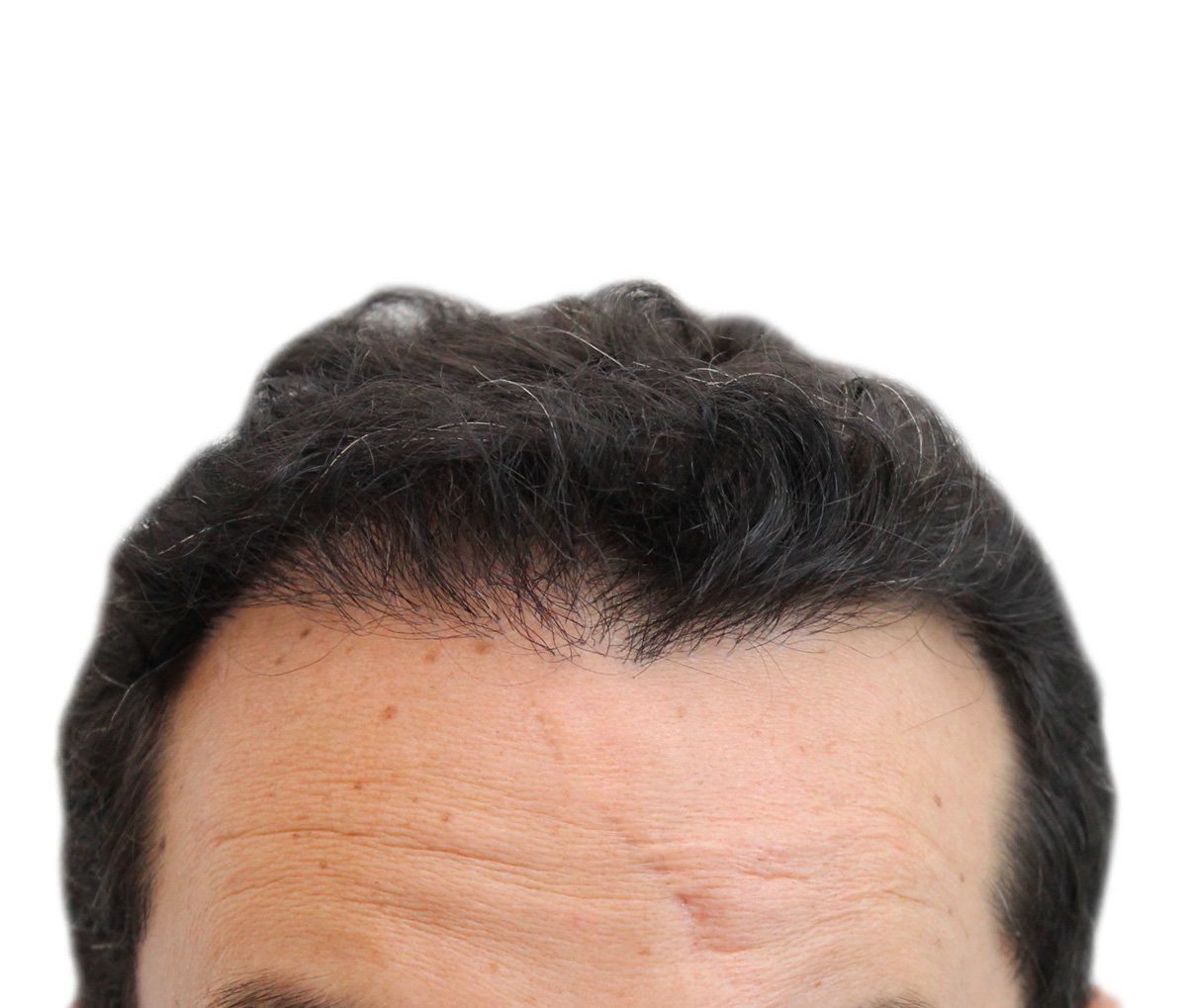
Carrera 25 A Nro 1 A Sur 45
Torre Médica El Tesoro, Torre 1, Consultorio 730, Medellín, Antioquia
WhatsApp:
+57 314 7418831
Call:
+57 6019196727
Calle 117 #6a-60
Flormorado Empresarial, Consultorio 509, Bogotá, Cundinamarca
WhatsApp:
+57 314 7418831
Call:
+57 6019196727
All Rights Reserved | HERO Institute




